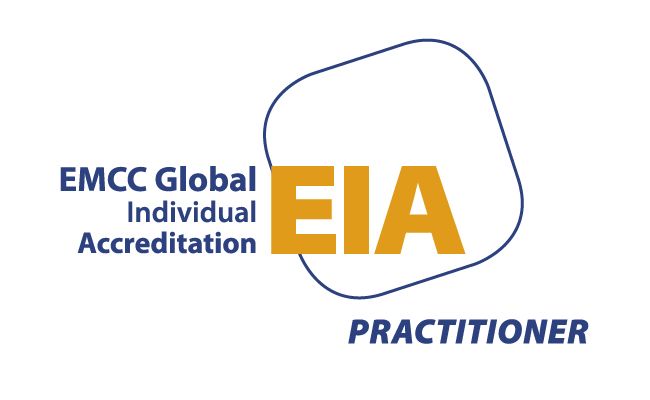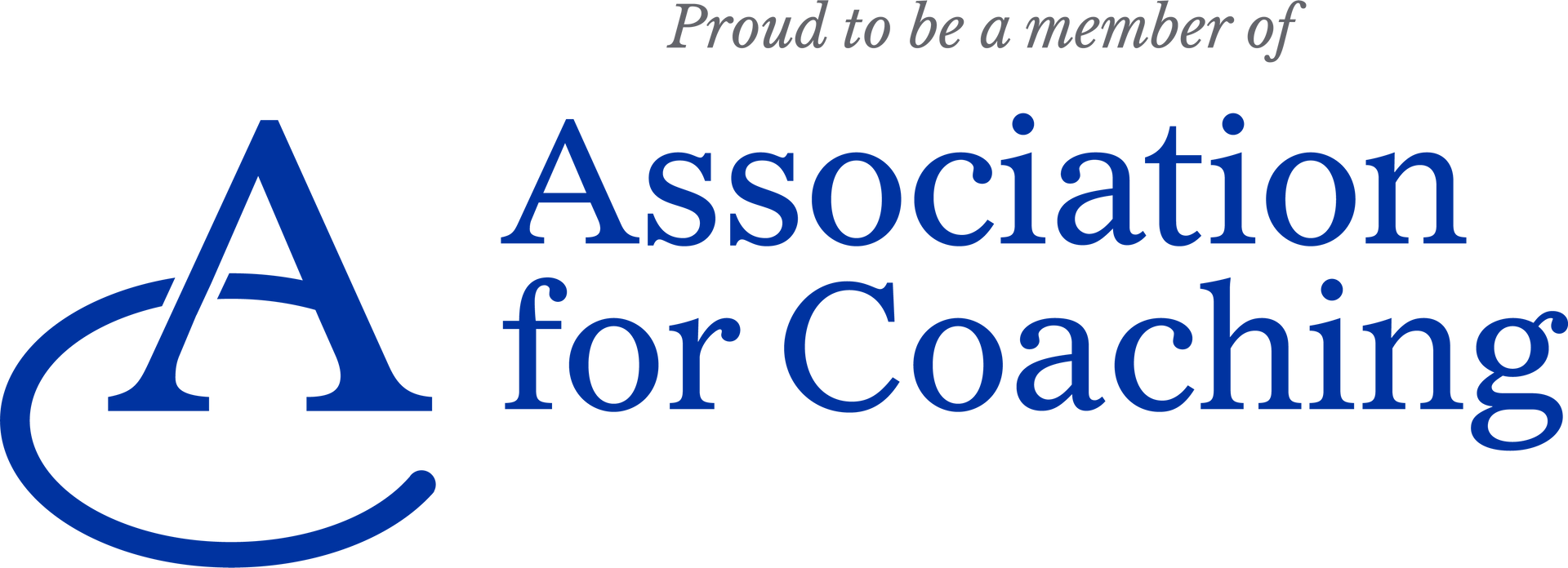Boundaries for better leadership
Barbra Carlisle • March 5, 2025
Lead with impact: Why boundary setting makes you a better leader (and person!)

Your mission is too important to let busyness steal your impact. The world needs leaders who don’t just run organisations but truly lead them—boldly, wisely, and with purpose.
So, here’s the question: Are you leading with clarity, or are you just surviving the chaos?
The Silent Crisis: Leaders Running on Empty
If we don’t set clear professional boundaries, we risk losing ourselves in the process. The constant demands of leadership—meetings, emails, fundraising, team issues—can make it feel like there’s never a right time to step back.
The problem? Without boundaries, burnout is inevitable. Think about your leadership style, and read the following to see if the descriptions resonate..
• The Guardian
in you wants to ensure everything is done properly—but without boundaries, work never stops.
• The Creative
side thrives on vision and innovation—but exhaustion drains inspiration.
• The Connector
loves to support others—but when do you get the support you need?
• The Nurturer
puts people first—but neglecting your own wellbeing isn’t serving them either.
• The Pioneer
drives forward relentlessly—but pushing too hard can mean losing sight of the long game.
The Evidence: Why Boundaries Matter for Leaders
The research is clear:
✅ Burnout is a leadership risk: A Harvard Business Review study found that nearly 70% of nonprofit leaders experience burnout—leading to poor decision-making, high turnover, and reduced organisational effectiveness.
✅ Rested leaders make better decisions: Neuroscience research from the University of California shows that mental fatigue reduces strategic thinking ability by up to 40%. When you’re drained, you’re reactive, not intentional.
✅ Healthy boundaries improve team culture: Leaders who model work-life balance create healthier teams. A McKinsey study found that organisations with strong leadership boundaries have 23% higher employee engagement.
✅ Nonprofit leaders struggle to switch off: Research from the Chronicle of Philanthropy found that 62% of nonprofit CEOs work late evenings and weekends—even though studies show overwork decreases productivity after 50 hours per week.
So, How Do You Set Boundaries Without Guilt?
The idea of boundaries can feel uncomfortable—especially in a sector where giving, supporting, and showing up is central to the mission. But boundaries aren’t about saying no to your work; they’re about saying yes to leading well.
1. Define What’s Non-Negotiable for You
If you don’t set the boundaries, the demands of leadership will set them for you. Get clear on:
• Your working hours (and stick to them!)
• When you’ll check emails (instead of being available 24/7)
• What leadership priorities you’ll protect (vs. constant reactive work)
📌 Practical step: Block time in your calendar for deep work, strategic thinking, and rest—just like you would for an important meeting.
A study in the Journal of Occupational Health found that leaders who set clear availability hours had lower stress levels and higher long-term productivity.
2. Communicate Your Boundaries with Confidence
Your team and stakeholders won’t respect your boundaries if they don’t know what they are. Be upfront and frame boundaries as a way to be a better leader—not a lack of commitment.
Try saying:
“For me to bring my best thinking to this organisation, I’m protecting time for strategic work on Fridays.”
“I don’t check emails after 7 PM, but I’ll respond first thing in the morning.”
“I want to be fully present in meetings, so I won’t take calls during leadership sessions.”
A Stanford study found that leaders who communicate clear boundaries gain more respect, not less—and create healthier workplace cultures.
3. Lead by Example—Give Permission for Others to Set Boundaries
If you set boundaries but expect your team to be ‘always on,’ they won’t follow your lead. Create a culture where rest is valued as much as productivity.
• Encourage team members to step away from emails in the evening.
• Model taking breaks and leaving work on time.
• Recognise that sustainable leadership is about pace, not just intensity.
A Deloitte study found that organisations with leaders who openly prioritise wellbeing see a 25% improvement in overall team performance.
4. Reframe Rest as a Leadership Responsibility
You can’t lead well if you’re exhausted. Taking time to recharge isn’t selfish—it’s strategic. The best leaders protect their energy because they know:
🚫 Overworking = Diminished creativity
🚫 Always being available = Reactive leadership
🚫 No time for thinking = No time for growth
What’s one small shift you can make this week to protect your time and energy?
Final Thought: Boundaries Make You a Better Leader
The world needs you at your best—not burnt out, overwhelmed, and running on fumes. The stronger your boundaries, the stronger your leadership.
So this week, challenge yourself:
🔹 What’s one boundary you need to reinforce?
🔹 What’s one thing you’ll stop doing to create more space for what matters?
Because leading with impact isn’t about doing more—it’s about leading wisely.




